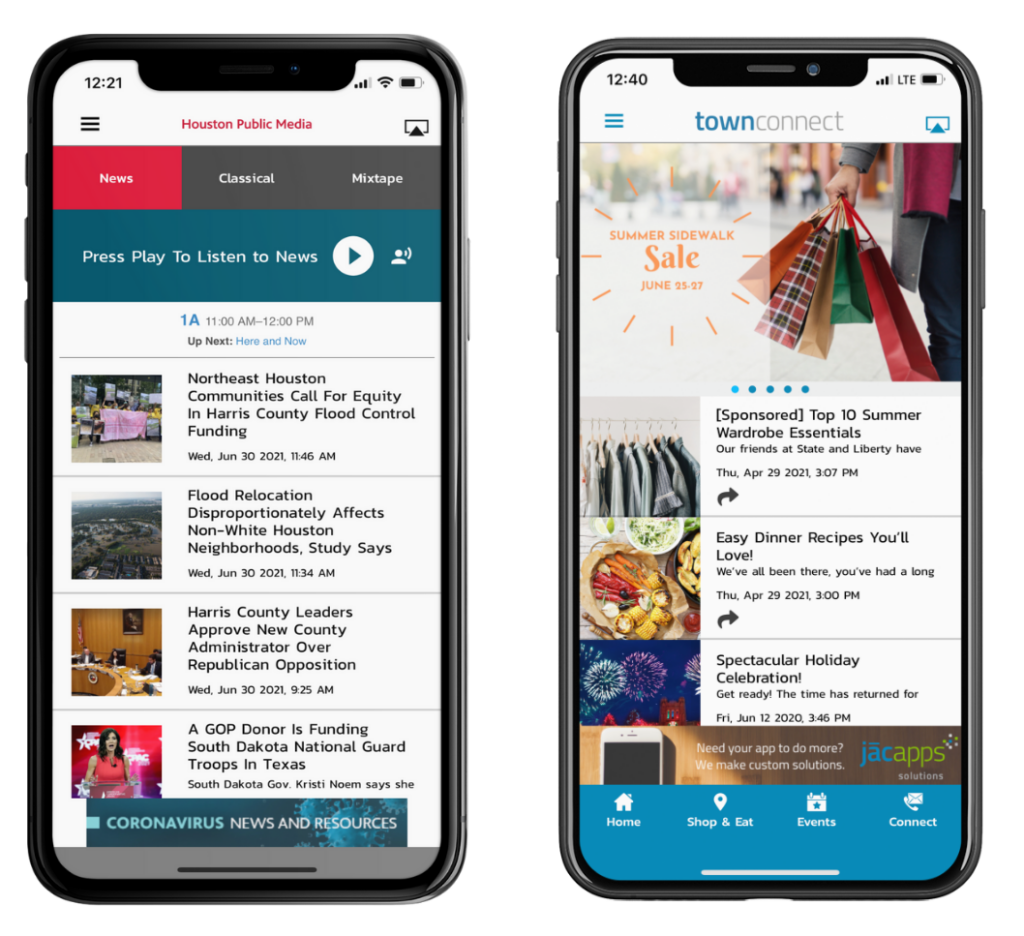If your company has joined the mobile revolution, congratulations. Your brand is now part of the biggest, most transformative technology trend in the world since TV. But just because you have an app doesn’t mean the work is done. Here are some things you should do (and not do) to make sure your mobile strategy succeeds.
3 Dos and Don’ts for Your Mobile Strategy
Do: Have a Mobile Strategy
Depending on your business, its location, services, and other considerations, your mobile strategy will be different. It’s important to keep all these things in mind as you develop your plans. Is your goal to connect with your employees and improve workflow? Or are you looking for mobile to help boost your company’s reach in areas where your presence isn’t quite as strong? Is it a channel for delivering additional content? These are all key things to consider. Smartphones are the most portable way to connect with your audience, so reflect on your goals and construct your app and mobile strategy accordingly.
Do: Think of Your Users
When deciding on your mobile strategy, consider your primary user base. Is your mobile app targeted towards your workforce, or is it designed with your consumers in mind? Defining your audience can help you identify the principal features of your app.
Our client, Lawyer’s Mutual (LMIC), built their custom app with their clients in mind. Their app was designed to help users fulfill their certifications at their own convenience. By providing content in various formats and giving users flexibility when completing requirements, LMIC is able to successfully align their mobile strategy with their app.

Do: Be Everywhere
While your branded mobile app is your most important digital conduit to your users, you need to put your brand everywhere they are. This includes making sure your website and back-end systems are equally as functional as your user-facing app. Users are likely to search up your web presence first before making the decision to download your app. Creating an effective website gives your audience confidence that your app will provide an equally beneficial experience as well.
Don’t: “Set It and Forget It.”
This may be fine for the Ronco Rotisserie Grill, but it doesn’t work for your mobile app. An app that never updates its promotional elements, or its content, offers little value to users. One of the main reasons behind app deletion is lack of usage. However, if your app’s content changes and updates frequently, it is a must-see place for your audience to interact (and engage) with your brand.
An easy way to make sure your app remains continuously updated is to have elements in your app pull content directly from your website. Our platform, Wallaby, uses XML and RSS feeds to pull text, graphics, and other content into your app. Keeping your app material relevant gives users a reason to continue checking back for more.

Don’t: Commit “Ad Crimes”
You wouldn’t on another platform. Mobile provides lots of great ways to drive revenue and create new inventory. But it also creates opportunities to abuse your user with intrusive, poor-quality ads. A few pennies for a lousy banner probably aren’t worth the annoyance they cause your audience – and they make your app look bad, too. Look for great sponsorship opportunities that deliver value to your client and make sense for your user.
Don’t: Stop Promoting Your App
So often we hear from clients that say, “My app downloads have gone flat.” We always ask, “How are you promoting it?” And too often the response is silence. Help your users make a habit of opening your app on their mobile device. One way to drive interaction is through push notifications. Delivering relevant messages to your audience gives them a reason to engage with your app and content. Providing app-exclusive content is another way to generate interest in your app and boost app downloads.
Get in the habit of thinking mobile first. Making a mobile strategy work for your brand means keeping it front of mind in everything you do.
Originally published by Jacobs Media









